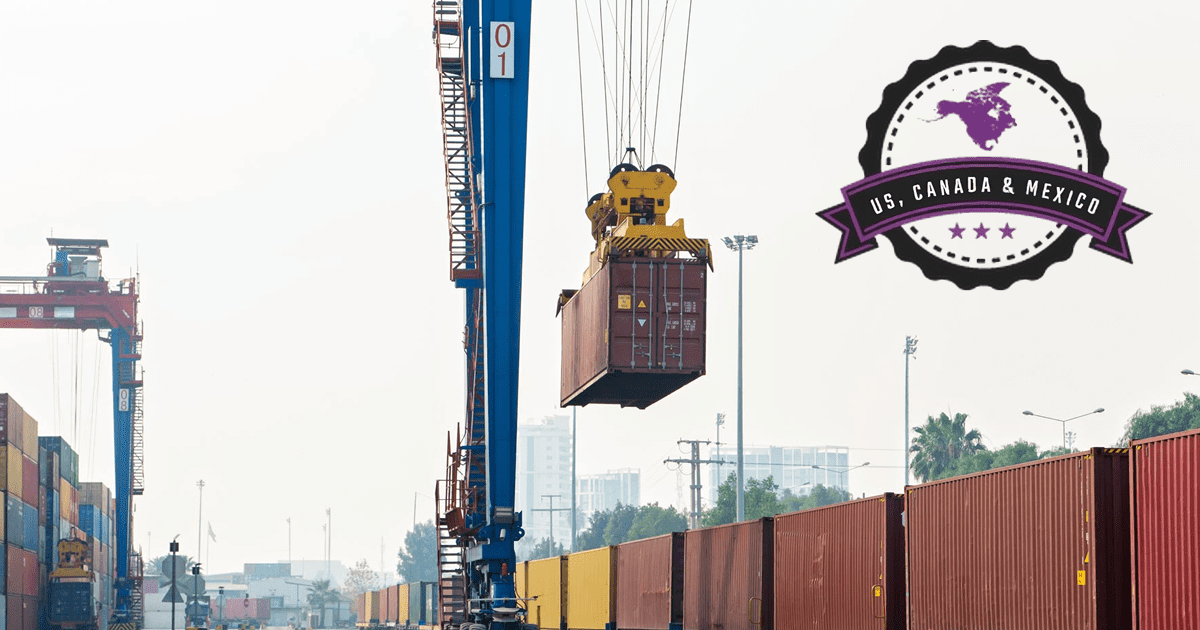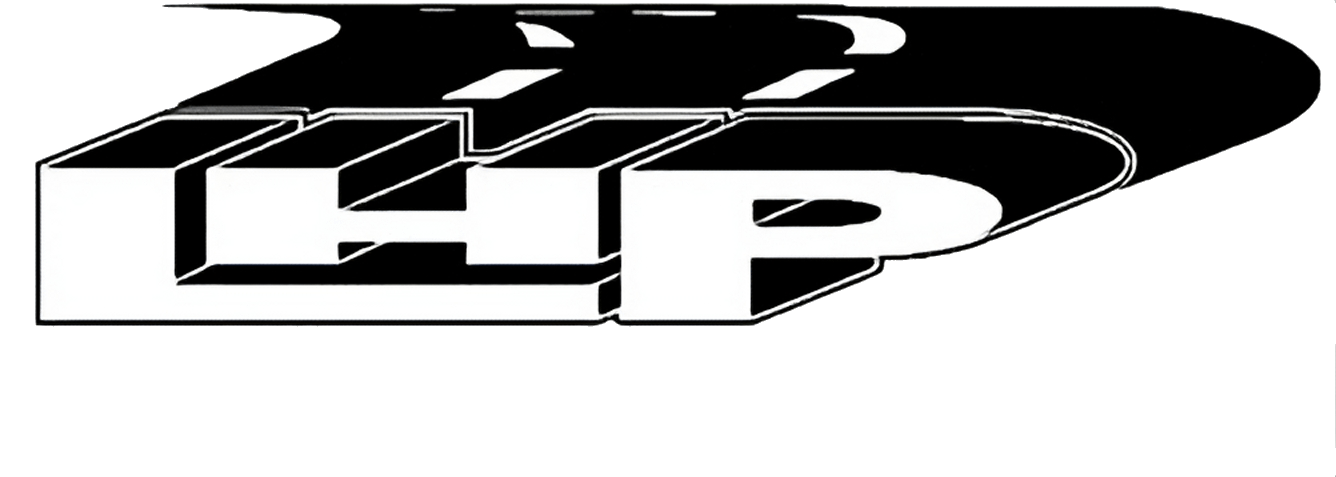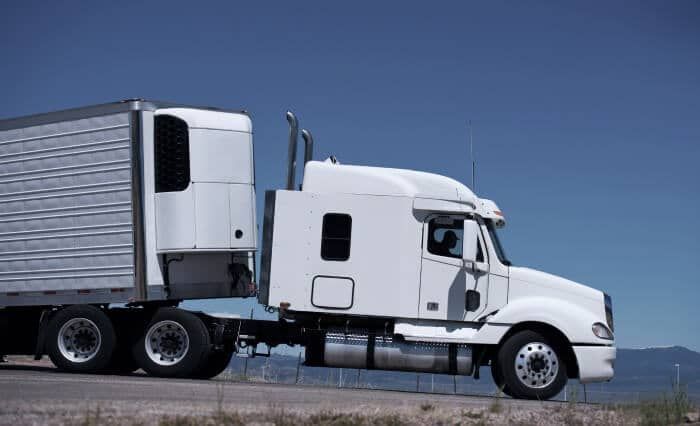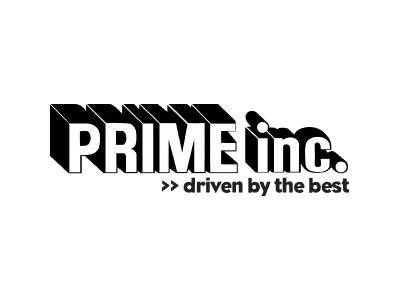Challenges in Maintaining Temperature Control during Refrigerated Shipping: Overcoming the Hurdles
Compliance with Regulatory Standards
Compliance with regulatory standards is a significant challenge in temperature-controlled logistics [1]. With the transportation of temperature-sensitive products, it is crucial to adhere to specific temperature control requirements mandated by regulatory bodies. Failure to comply with these standards can result in penalties and loss of customer trust. Logistics providers must stay updated on regulations and invest in staff training to ensure compliance. This includes understanding temperature control guidelines, documentation requirements, and proper handling procedures. By prioritizing regulatory compliance, companies can maintain the integrity and safety of temperature-controlled products throughout the shipping process.
For example, in the pharmaceutical industry, maintaining compliance with Good Distribution Practice (GDP) guidelines is crucial to ensure the quality and efficacy of temperature-sensitive medications. These guidelines outline the proper storage, transportation, and distribution practices to maintain the integrity of pharmaceutical products. Failure to comply with GDP regulations can result in the deterioration of medication efficacy, compromising patient safety. Thus, pharmaceutical companies invest in staff training, temperature monitoring systems, and temperature-controlled packaging to ensure compliance with GDP guidelines and maintain the temperature integrity of medications throughout the shipping process.
Maintaining Temperature Integrity
Maintaining temperature integrity is a critical challenge in temperature-controlled logistics. Fluctuations in temperature can lead to product degradation, spoilage, or even complete loss. To mitigate these fluctuations, advanced temperature monitoring systems and temperature-controlled packaging are employed. These solutions help ensure that temperature-sensitive products are kept within the required temperature range throughout the shipping process. Temperature monitoring systems provide real-time data on temperature conditions, allowing proactive measures to be taken in case of any deviations. Temperature-controlled packaging, such as insulated containers, helps maintain a stable environment for the products, minimizing temperature fluctuations during transit. By implementing these measures, companies can ensure the quality and effectiveness of temperature-sensitive goods.
For instance, in the food industry, maintaining the temperature integrity of perishable goods is crucial to prevent spoilage and ensure food safety. Temperature monitoring systems equipped with sensors can continuously monitor the temperature inside refrigerated trucks or storage facilities. If the temperature deviates from the desired range, the system can send alerts to the logistics team, enabling them to take immediate action to rectify the issue. Additionally, temperature-controlled packaging, such as insulated boxes or pallets, helps maintain the desired temperature during transit, reducing the risk of spoilage. By employing these measures, food companies can ensure that their products reach consumers in optimal condition.
Developing a Reliable Cold Chain Infrastructure
Developing and maintaining a reliable cold chain infrastructure is challenging, particularly in remote areas. A robust cold chain infrastructure is crucial to ensure the seamless transportation of temperature-sensitive products while maintaining the required temperature conditions. This includes investing in cold storage facilities, refrigerated transportation fleets, and final-mile delivery solutions. Cold storage facilities provide the necessary controlled environments to store temperature-sensitive products before and after transportation. Refrigerated transportation fleets are equipped with refrigeration units to maintain the desired temperature during transit. Final-mile delivery solutions ensure that the products are efficiently and safely delivered to their destination while preserving their temperature integrity. By investing in a reliable cold chain infrastructure, companies can overcome the challenges associated with maintaining temperature control during refrigerated shipping.
For example, in the biotech industry, the transportation of biological samples for research or diagnostic purposes requires a reliable cold chain infrastructure. These samples are often temperature-sensitive and need to be transported in temperature-controlled containers. Biotech companies invest in specialized cold storage facilities and refrigerated transportation fleets equipped with temperature monitoring systems to ensure that the samples remain within the required temperature range. Furthermore, they collaborate with logistics partners who have expertise in final-mile delivery to ensure the safe and timely delivery of these sensitive samples to laboratories or research facilities.
Inventory Management and Shelf-Life Optimization
Effective inventory management plays a crucial role in reducing wastage and improving efficiency in temperature-controlled logistics. Proper rotation strategies and inventory management systems should be implemented to ensure that products are used before their expiration dates. By optimizing shelf-life and managing inventory effectively, companies can minimize product spoilage and maximize product utilization. This not only reduces costs but also ensures that customers receive products with maximum freshness and effectiveness.
For instance, in the healthcare industry, managing the inventory of temperature-sensitive vaccines is essential to prevent wastage and ensure the availability of vaccines for immunization programs. Vaccines have limited shelf lives and require careful monitoring and rotation to ensure that they are administered before their expiration dates. Healthcare organizations implement inventory management systems that track the expiry dates of vaccines and prioritize the usage of vaccines that are closer to expiration. By optimizing inventory management, healthcare providers can minimize wastage and ensure that vaccines are administered to patients in a timely manner.
Ensuring Traceability and Transparency
Ensuring traceability and transparency throughout the supply chain is vital for compliance and customer trust. Track-and-trace technologies, such as barcode scanning, RFID, and blockchain, can enhance visibility and documentation. These technologies provide real-time information on the location, condition, and temperature of the products, enabling better traceability and accountability. By implementing these technologies, companies can identify any potential issues or deviations in temperature control and take corrective actions promptly. This enhances the integrity and safety of temperature-sensitive products throughout the shipping process.
For example, in the pharmaceutical industry, ensuring the traceability of temperature-sensitive medications is crucial to prevent counterfeiting and ensure patient safety. Pharmaceutical companies use track-and-trace technologies, such as barcode scanning and RFID, to monitor the movement of medications throughout the supply chain. These technologies provide real-time information on the location and condition of medications, allowing companies to track their temperature integrity and detect any unauthorized diversions or tampering. By ensuring traceability and transparency, pharmaceutical companies can maintain the integrity of their products and build trust with patients and healthcare providers.
Innovative Solutions for Temperature-Controlled Logistics
To overcome the challenges in temperature-controlled logistics, innovative solutions are necessary. Investing in temperature monitoring systems, complying with regulations, developing a robust infrastructure, optimizing inventory management, and enhancing tracking and visibility can help overcome these challenges. Temperature monitoring systems provide real-time data on temperature conditions, allowing proactive measures to be taken to maintain temperature integrity. Compliance with regulatory standards ensures adherence to temperature control requirements and mitigates risks. Developing a reliable cold chain infrastructure, including cold storage facilities and refrigerated transportation fleets, helps maintain temperature control throughout the shipping process. Effective inventory management and shelf-life optimization reduce wastage and improve efficiency. Implementing track-and-trace technologies enhances visibility and documentation, ensuring the integrity and safety of temperature-sensitive products. By embracing these innovative solutions, companies can achieve efficient and reliable temperature-controlled logistics, reduce costs, and deliver high-quality products to customers.
For instance, the use of Internet of Things (IoT) technology in temperature-controlled logistics has revolutionized the industry. IoT-enabled temperature monitoring devices can provide real-time data on temperature conditions, allowing companies to monitor and control the temperature of their products remotely. This ensures that any deviations from the desired temperature range can be addressed promptly, minimizing the risk of product deterioration. Furthermore, the use of blockchain technology in temperature-controlled logistics can enhance transparency and traceability. Blockchain provides an immutable and transparent record of temperature conditions and product movements, enabling better accountability and trust throughout the supply chain.
Overcoming Challenges in Temperature-Controlled Logistics
To overcome the challenges in temperature-controlled logistics, companies must take several key measures. Investing in temperature monitoring systems helps maintain temperature integrity during refrigerated shipping. Compliance with regulatory standards and staff training ensures adherence to temperature control requirements. Developing a reliable cold chain infrastructure, including cold storage facilities and refrigerated transportation fleets, is essential for maintaining temperature control. Effective inventory management and shelf-life optimization reduce wastage and improve efficiency. Ensuring traceability and transparency through track-and-trace technologies enhances the integrity and safety of temperature-sensitive products. Implementing innovative solutions, such as temperature monitoring systems and enhanced tracking capabilities, helps overcome challenges in temperature-controlled logistics.
By adopting these measures, companies can ensure the integrity and safety of temperature-sensitive products throughout the shipping process. They can also minimize product spoilage, reduce costs, and enhance customer satisfaction by delivering high-quality products with maximum freshness and effectiveness.
Conclusion
Maintaining temperature control during refrigerated shipping presents several challenges in temperature-controlled logistics. Compliance with regulatory standards, maintaining temperature integrity, developing a reliable cold chain infrastructure, optimizing inventory management, ensuring traceability and transparency, and implementing innovative solutions are essential to overcome these challenges. By addressing these challenges, companies can achieve efficient and reliable temperature-controlled logistics, reduce costs, and deliver high-quality products to customers. By investing in temperature monitoring systems, complying with regulations, developing a robust infrastructure, optimizing inventory management, and enhancing tracking and visibility, companies can overcome the challenges associated with maintaining temperature control during refrigerated shipping and ensure the integrity and effectiveness of temperature-sensitive products.







